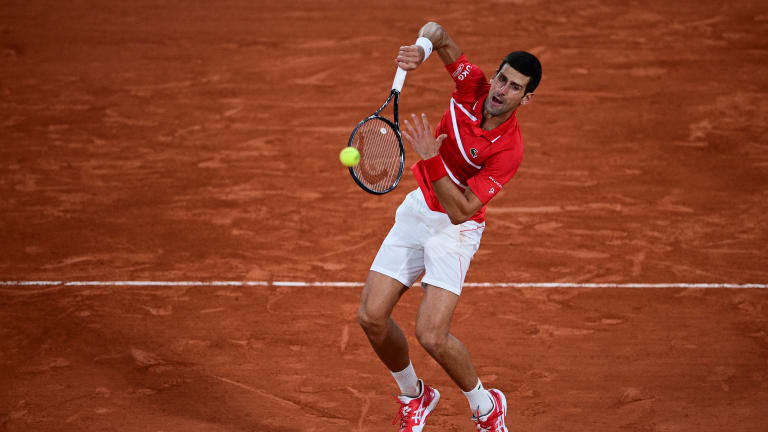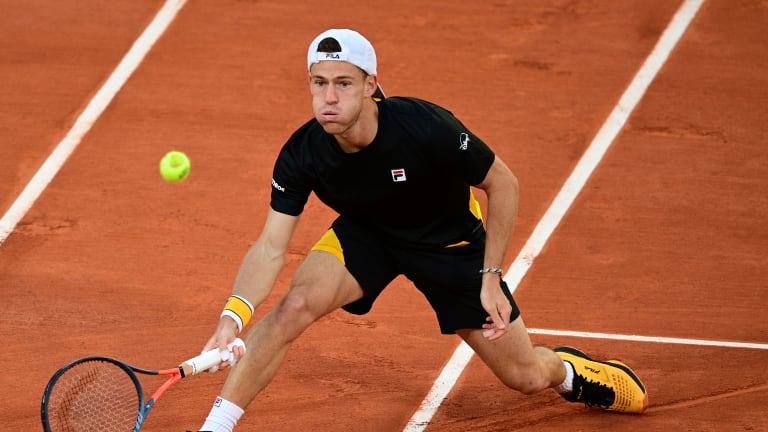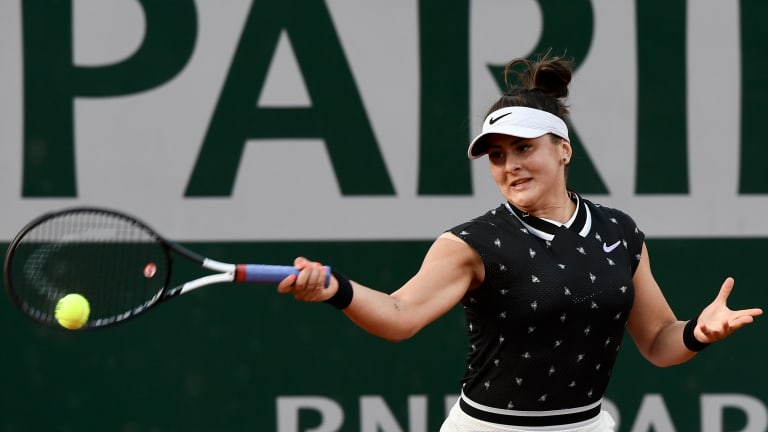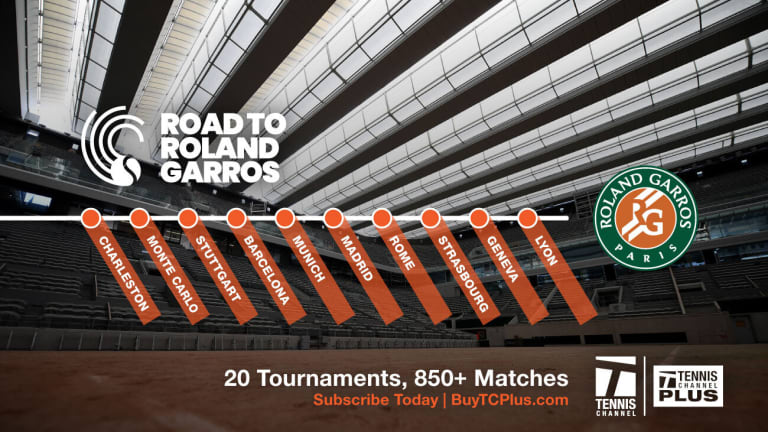The TENNIS.com Round Robin: What awaits the clay-court swing?
Apr 13, 2021Social
PHOTOS: Jakub Mensik shares first Masters 1000 triumph with his parents at Miami Open
By Mar 31, 2025WTA Charleston, USA
Week in Preview: 2025 clay swing begins in Charleston, Houston
By Mar 31, 2025Second Serve
Dustin Brown shares the story of 'Dreddy Tennis' on Second Serve
By Mar 31, 2025pickleball
Jack Sock earns first-career silver medal at PPA Red Rock Open
By Mar 31, 2025Miami, USA
In beating idol Novak Djokovic, Jakub Mensik came of age in Miami
By Mar 31, 2025WTA Charleston, USA
Charleston: first WTA clay tournament to use electronic line-calling
By Mar 31, 2025Miami, USA
Can Jessica Pegula step out of comfort zone on clay?
By Mar 31, 2025Betting Central
Game, Set, Bet: Pegula, Keys, Zheng the betting favorites at Credit One Charleston Open
By Mar 31, 2025Betting Central
Game, Set, Bet: Bencic, Kasatkina and Shnaider are Charleston's players to watch
By Mar 31, 2025The TENNIS.com Round Robin: What awaits the clay-court swing?
After a hiatus in 2020 due to COVID-19, the spring European clay-court season is back. It kicked off with Roland-Garros announcing it would start one week later. Might there be more surprises? We gathered our team to address two big picture questions.
Published Apr 13, 2021
Advertising

The TENNIS.com Round Robin: What awaits the clay-court swing?
© AFP via Getty Images
Advertising

The TENNIS.com Round Robin: What awaits the clay-court swing?
© AFP via Getty Images
Advertising

The TENNIS.com Round Robin: What awaits the clay-court swing?
© AFP via Getty Images
Advertising

The TENNIS.com Round Robin: What awaits the clay-court swing?
© Getty Images
Advertising

The TENNIS.com Round Robin: What awaits the clay-court swing?